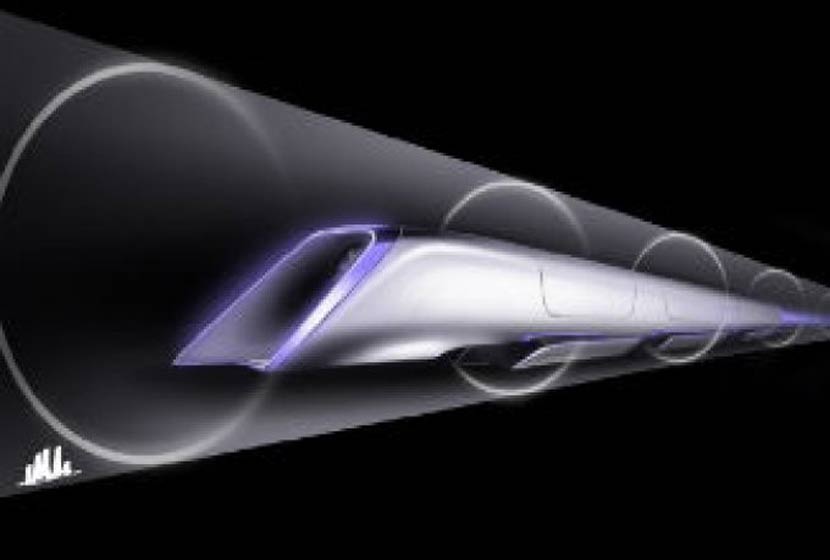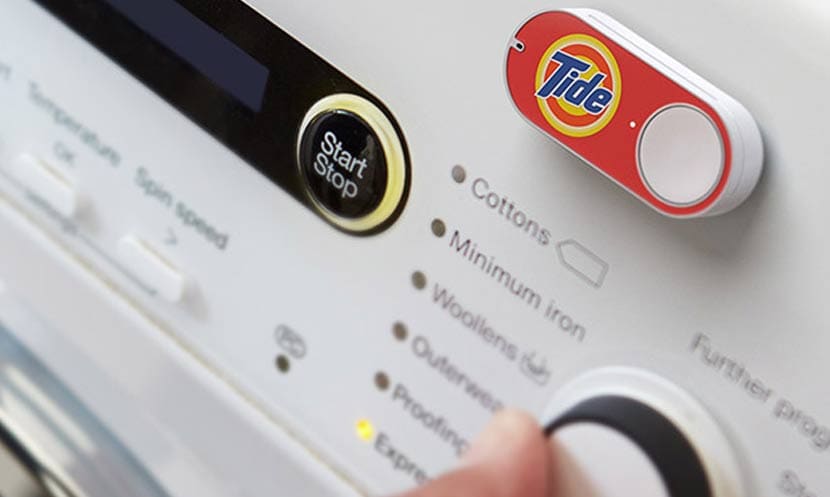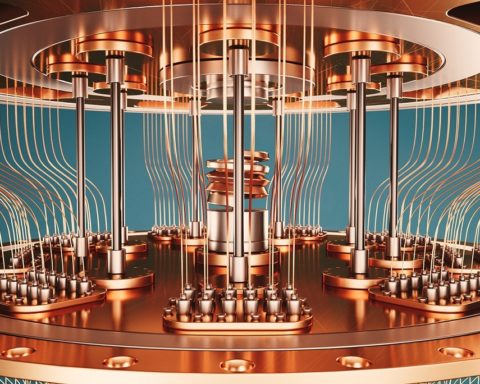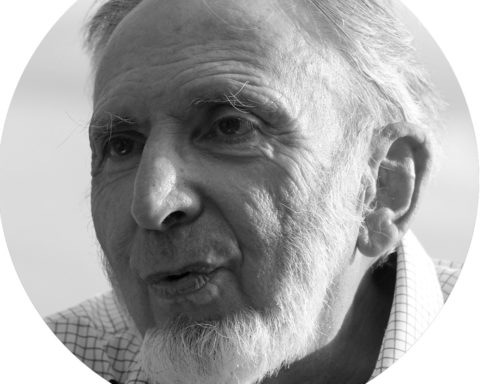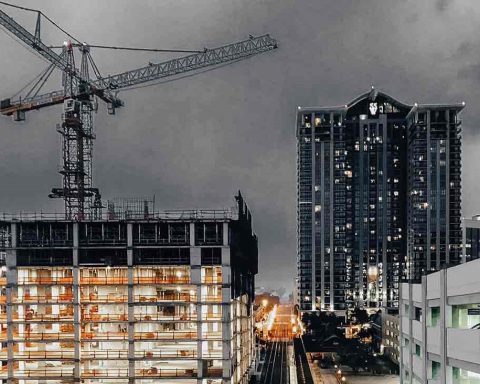From the long editorial argued and historized since the beginnings of the train by René Trégouët in rtflashI invite you to keep an eye on two projects that are the future of the train for me.
"The train and railways constitute an extraordinary scientific and technical adventure, which began at the beginning of the industrial revolution and will continue to be one of its essential driving forces. It was only 35 years after James Watt patented his first steam engine in 1769 that the British inventor Richard Trevithick demonstrated the first steam locomotive on February 21, 1804, which carried ten wagons at a still modest 8 km/h. The steam engine was the first steam engine in the world. It was not until 1812, however, that British engineer John Blenkinsop designed and built the first locomotive and rail transport system between Middleton Colliery and Leeds that was reliable enough for commercial use. »
Times have changed a lot since then... and it's not over yet! The future is magnetic levitation, magnetic sustentation.
 A first project of this kind was presented a year ago by researchers from the University of Chengdu, China, led by Professor Deng Zigang. This project, futuristic to say the least, is a "super-Maglev" that imagines a magnetic train like the Japanese one, but which would run in a tube where the air pressure would be 10 times lower than atmospheric pressure at sea level. It would thus be possible to reach the fabulous speed of 2,900 km/hour, i.e. almost five times the record speed just reached by the Japanese Maglev .
A first project of this kind was presented a year ago by researchers from the University of Chengdu, China, led by Professor Deng Zigang. This project, futuristic to say the least, is a "super-Maglev" that imagines a magnetic train like the Japanese one, but which would run in a tube where the air pressure would be 10 times lower than atmospheric pressure at sea level. It would thus be possible to reach the fabulous speed of 2,900 km/hour, i.e. almost five times the record speed just reached by the Japanese Maglev .
Chinese scientists have built the world's first prototype test platform for an ultra-high-speed vacuum magnetic levitation train.
(See the article in China Daily- in English)
 The second project, barely less futuristic than the first, was recently presented by Elon Musk, Tesla's charismatic patron saint: it is about of Hyperloop. UP' Magazine on already presented in August 2013. Elon Musk believes that high-speed trains are too expensive and do not go fast enough. He therefore proposes this amazing futuristic transport system, called Hyperloop, based on a technical study. It is more realistic, less complex, more reliable and, above all, much less expensive than the Chinese Super-Maglev. Designed for distances of up to 1,500 kilometres, this revolutionary mode of transport consists of a double raised tube in which capsules move, each of which can carry 28 passengers.
The second project, barely less futuristic than the first, was recently presented by Elon Musk, Tesla's charismatic patron saint: it is about of Hyperloop. UP' Magazine on already presented in August 2013. Elon Musk believes that high-speed trains are too expensive and do not go fast enough. He therefore proposes this amazing futuristic transport system, called Hyperloop, based on a technical study. It is more realistic, less complex, more reliable and, above all, much less expensive than the Chinese Super-Maglev. Designed for distances of up to 1,500 kilometres, this revolutionary mode of transport consists of a double raised tube in which capsules move, each of which can carry 28 passengers.
René Trégouët concludes his editorial: "The train, invented more than two centuries ago, remains more than ever an extraordinary and irreplaceable mode of transport, both for freight and passengers, for at least four reasons. Firstly, the train remains by far the most economical means of rapid travel. Secondly, the train is more efficient, in terms of energy efficiency per passenger transported, than any other means of transport. Thirdly, the train makes it possible to link the heart of major metropolises, something that a plane will never be able to do until it lands like a helicopter. Finally, the overall impact on the environment (emissions of pollutants, CO2, but also noise pollution) of a very high-speed Maglev train, which can compete with airplanes up to distances of 2000 km, is significantly lower than that of air transport.
At a time when Europe is looking for major strategic investments that could boost its growth, boost its capacity for innovation and improve the quality of life of its inhabitants, why not imagine right now the creation of a "Euro-Maglev" that would prepare for the post-High-Speed Train (TGV) era and link all the European megacities together in less than half a day by 2040?
Let's hope that our country, which has always been at the forefront of world railway technology and which just a few days ago was awarded third place in the European ranking (behind Switzerland and Sweden) for the efficiency and quality of its railway network (Boston Consulting Group ranking), will take the initiative to launch this visionary project and dare to open the way to the future! »

